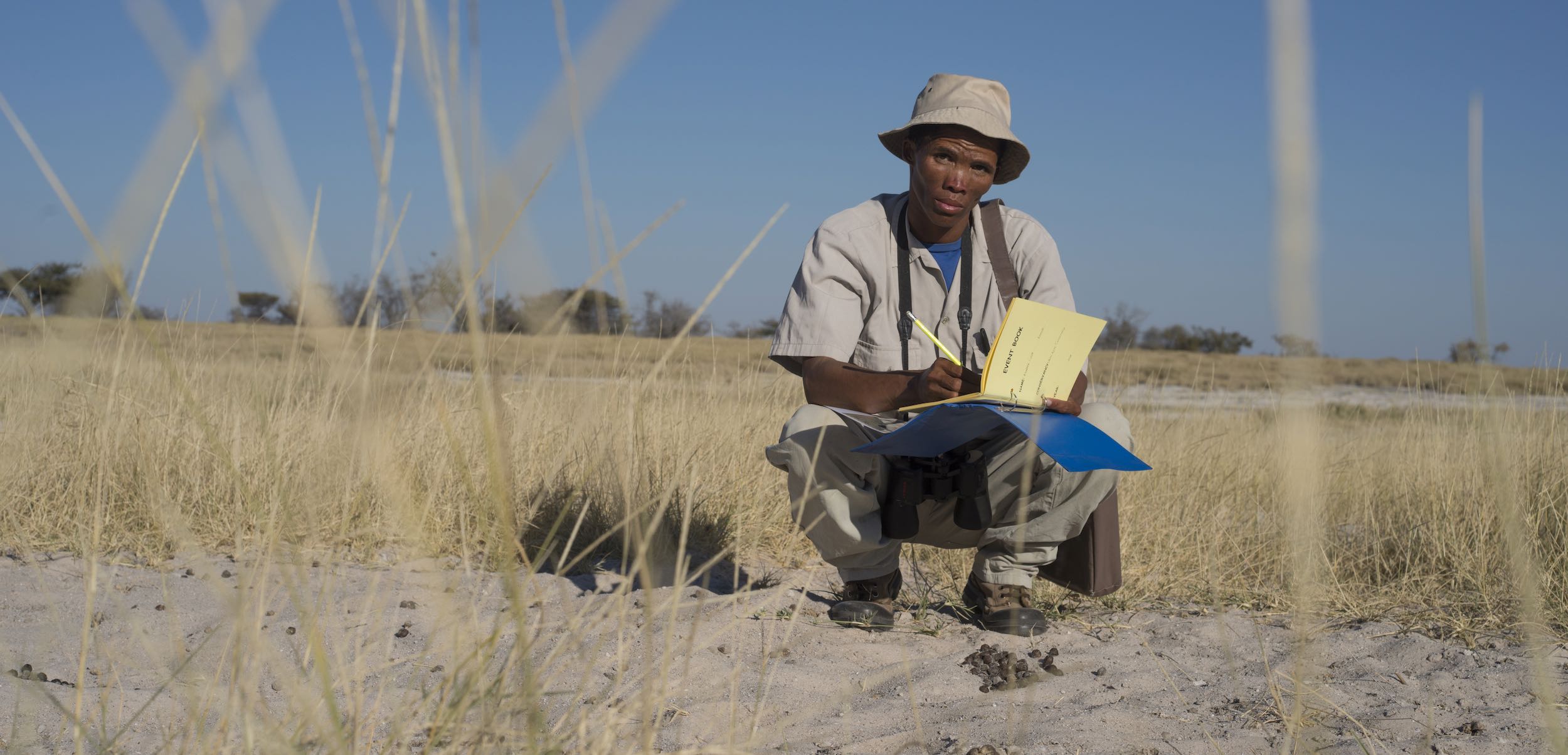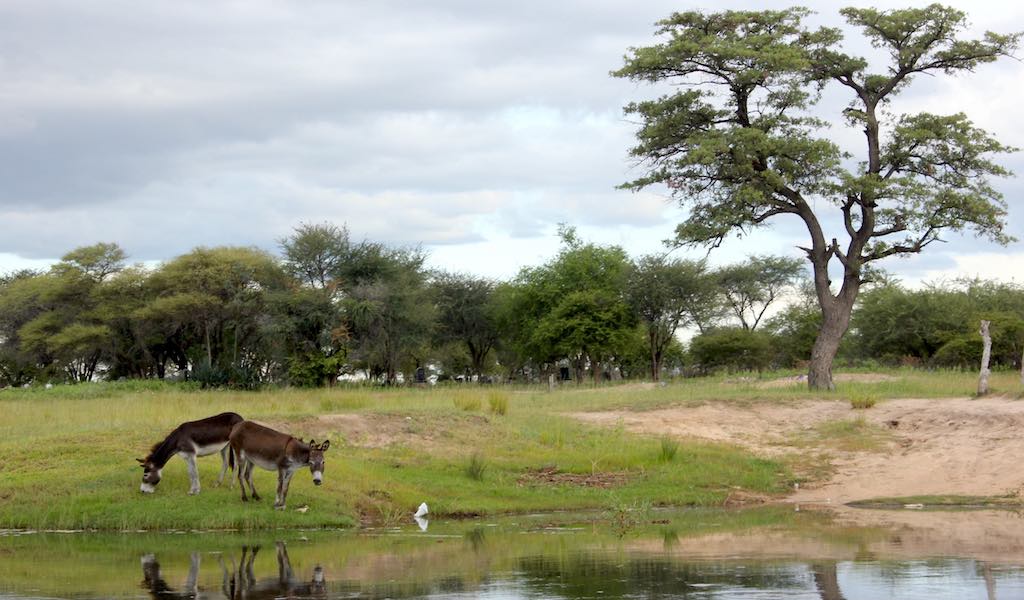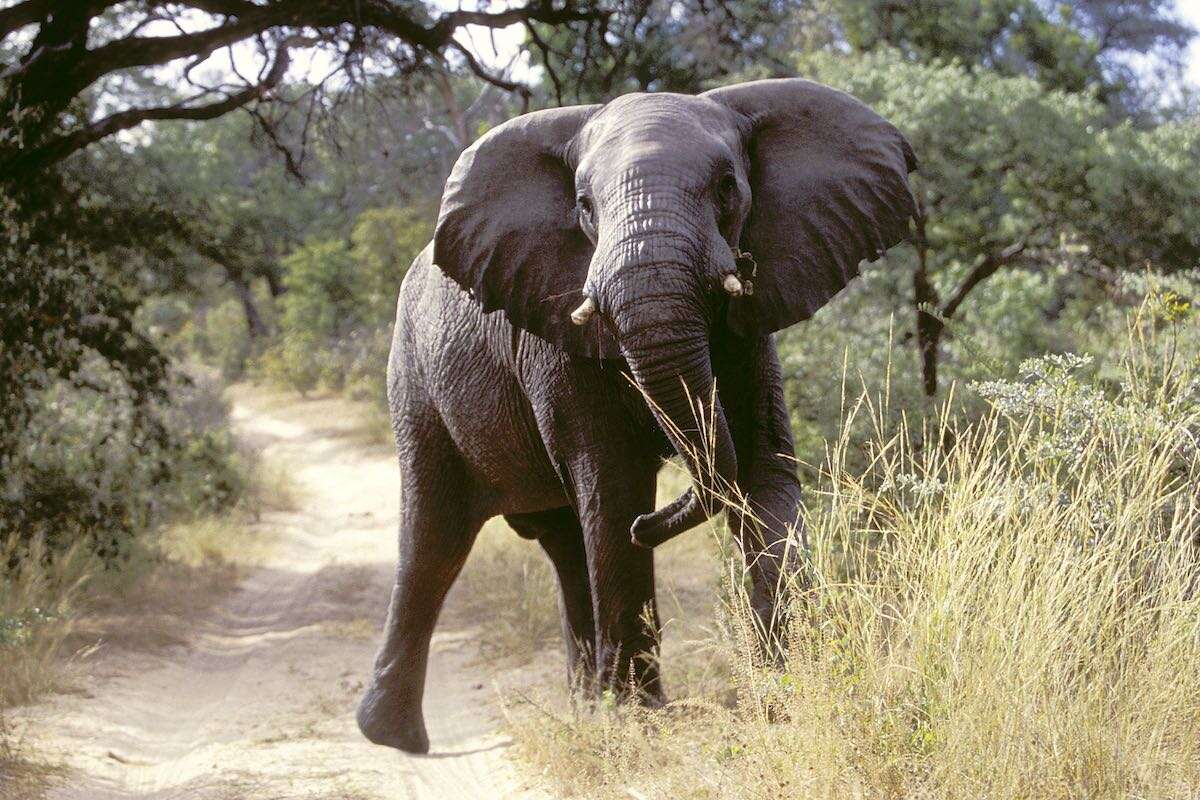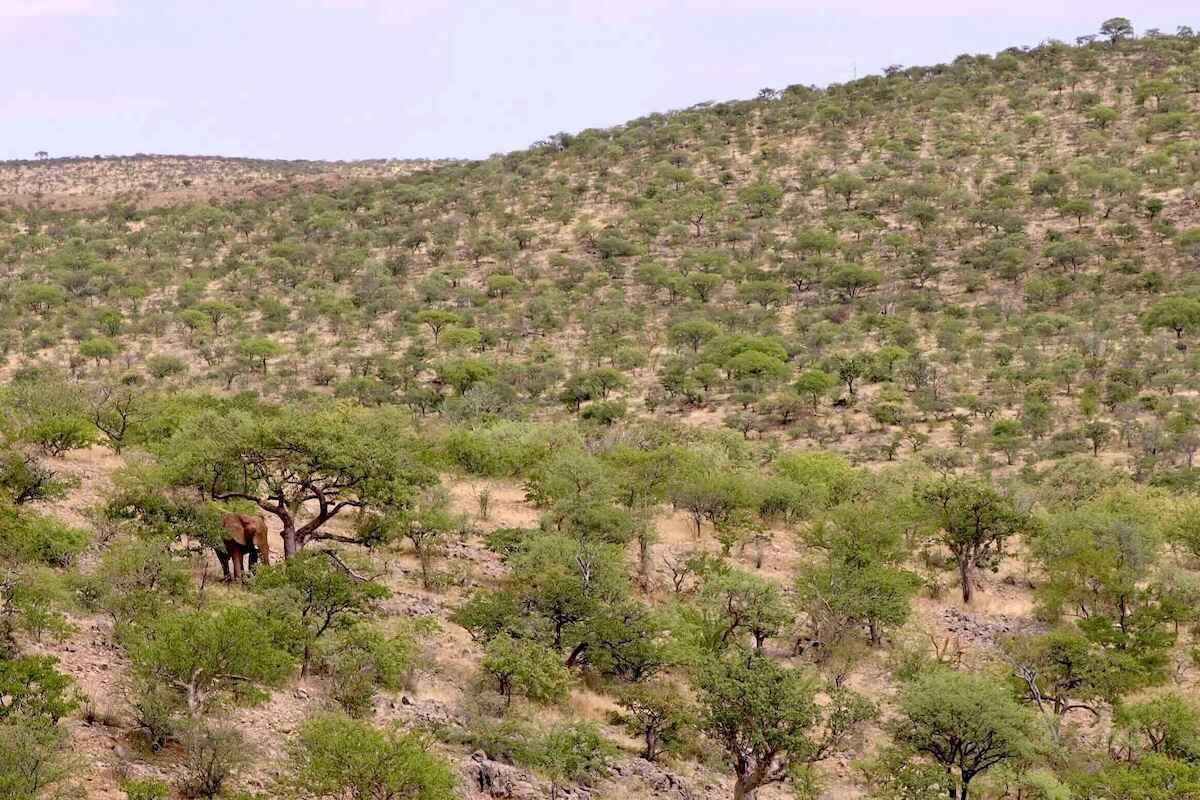
What is an Event Book?
An Event Book is a small yellow book that community game guards use to record incidents relating to wildlife (“events”) during their daily work. These incidents include cases of human-wildlife conflict (e.g. livestock killed by a predator), cases of suspected poaching or wildlife deaths from unknown causes, sightings of locally rare species, wild fires, or anything of interest that they observe. Which species sightings are monitored and what constitutes an Event of interest that should be recorded is defined by the conservancies themselves, rather than by external ‘experts’. This gives a real sense of ownership over the system of monitoring and thus increases trust in the data generated.
The booklet itself is designed to be easy to use, although all game guards receive training in how and where to enter their data. Once a month, all of the game guards from a particular communal conservancy will come to the office and transfer the information from their booklets to a monthly reporting chart. The chart is basically a bar graph that is filled in based on the number of Events recorded for a particular topic (e.g. animals seen). This “blue book” thus holds monthly records from all game guards for that conservancy. At the end of the year, the records from charts in the blue book will be transferred to a “red book” that contains similar charts that are filled in for the year. Together, these books provide a solid system of reporting and a paper trail to root out any reporting issues.
How does the Event Book system contribute to Namibian wildlife management?
Individual conservancies maintain their own Event Books and keep archives for the past years. Although the original data remains on paper at the respective conservancy offices, the information is also transferred to a computer database as part of an annual Event Book audit. This provides a bigger picture, which is important because communal conservancies are not fenced and what is happening in one may influence others. The datasets are usually divided into conservancies according to their region (e.g. north-west or north-east) to show trends over time for large landscapes under communal conservancy management. These reports can be found here or in the annual State of Conservancies publications.
Understanding trends in human-wildlife conflict, poaching and wildlife sightings provides the basis for management policies at the local, regional and national scales. Individual conservancies can use their data to inform their anti-poaching and human-wildlife conflict mitigation efforts, and to ensure animal and plant harvests are sustainable. Regional coalitions of conservancies can also use their combined data to request more assistance for specific issues (e.g. building predator-proof livestock enclosures). Nationally, the government can use the data to highlight issues that need more management attention in specific areas to inform policies and action.
How is the Event Book system supported?
While the communal conservancies are the main users and beneficiaries of the Event Book system, the annual audits and maintenance of national databases still requires external support. The Namibian Association of CBNRM1 Support Organisation (NACSO) has formed a Natural Resources Working Group to undertake these tasks. This group includes specialists from non-governmental organisations and government institutions that have the knowledge and mandate to support communal conservancies.
The Group ensures that conservancies receive Event Books for each new year and are provided suitable feedback on their own data and how it fits in with the regional and national big picture. Their reports on the State of Conservancies reflect on how well the programme is performing and what can be improved. This feeds into national plans and policies on issues such as human-wildlife conflict, anti-poaching, the status of rare species, and sustainable use of plants and animals.
1Community-based Natural Resource Management
For articles on similar topics, please click one of the following options:
If you enjoyed this page, then you might also like:



We use cookies to monitor site usage and to help improve it. See our Privacy Policy for details. By continuing to use the site, you acknowledge acceptance of our policy.